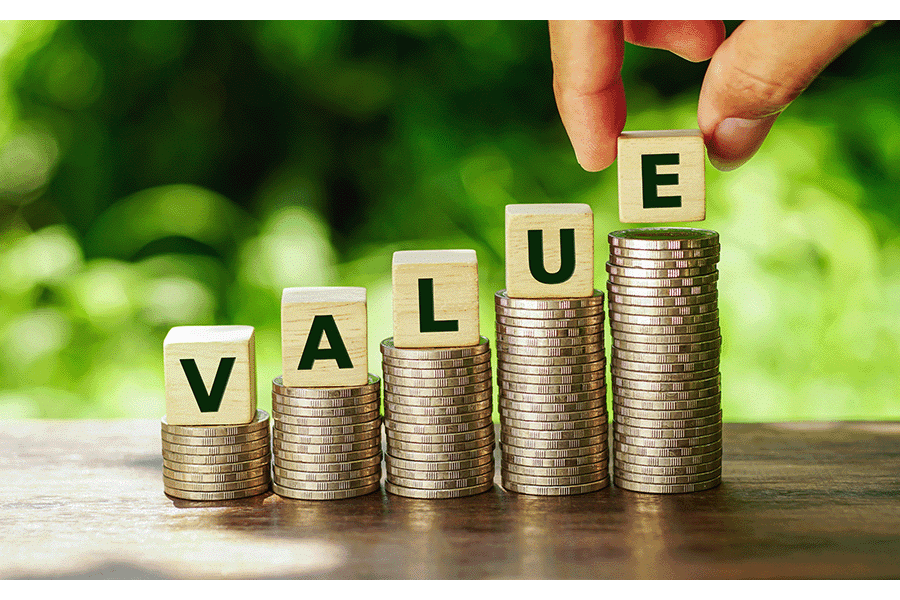Listen to the podcast above, watch the video, or just read the highlights below.
As a sales professional, discussing pricing with potential customers can be a daunting task, especially when selling products or services that are infrequently purchased and lack clear reference points. However, by employing the technique of value stacking, you can effectively communicate the factors that determine the price of your offering, build trust with your customers, and ultimately close more sales.
What is Value Stacking?
Value stacking is the process of breaking down the various elements that contribute to the final price of a product or service, and discussing each factor in detail with the customer. By doing so, you provide transparency and help the customer understand the different levels of quality, reliability, and performance available to them.
The Benefits of Value Stacking
- Builds Trust: By taking the time to explain the pricing process, you demonstrate your expertise and commitment to transparency, fostering a sense of trust with your customers.
- Educates Customers: Value stacking helps customers make informed decisions by providing them with a clear understanding of what they’re paying for and the benefits they’ll receive.
- Personalizes the Sales Experience: As you guide customers through the value stacking process, you can tailor your approach to their unique needs and concerns, creating a personalized sales experience that resonates with them.
Applying Value Stacking to Your Sales Process
To effectively implement value stacking in your sales process, follow these steps:
- Identify the Key Elements: Determine the critical factors that influence the price of your product or service. For example, in the HVAC industry, these elements may include equipment cost, installation type, quality control, dwelling type, and ductwork condition.
- Discuss Each Element in Detail: Walk your customers through each factor, explaining how it contributes to the final price and the various options available within each category.
- Emphasize Customer Choice: Highlight that the ultimate decision lies with the customer, as they choose the level of quality, reliability, and performance that best aligns with their needs and budget.
- Address Specific Pain Points: Listen actively to your customers’ concerns and tailor your value stacking approach to address their specific pain points and priorities.
Value Stacking in Action: An HVAC Example
Let’s consider how value stacking can be applied in the HVAC industry:
- Equipment Cost: Discuss the compressor size, quality, brand, air handler, stages, and geographic location that impact the cost of the HVAC unit.
- Type of Installation: Explain the importance of custom measurements, proper installation techniques, and customization to the home’s exact specifications.
- Quality Control: Highlight the number of inspections conducted during and after installation, as well as ongoing inspections at six months and one year post-installation.
- Type of Dwelling: Consider factors such as single-story or multi-story homes, square footage, and heat load calculations.
- Ductwork Condition: Discuss the importance of clean, properly sealed ductwork to ensure optimal system performance.
By breaking down these elements and discussing them in detail, you can help customers understand the factors that influence the price of an HVAC system and make informed decisions based on their specific needs and budget.
Conclusion
Value stacking is a powerful technique that can help you master pricing conversations, build trust with your customers, and ultimately boost sales. By breaking down the key elements that determine the price of your product or service and tailoring your approach to each customer’s unique needs, you can create a transparent, personalized sales experience that sets you apart from the competition.
For more insights on sales strategies and small business success, connect with Dennis Collins or Leah Bumphrey at connectandconvert@wizardofads.com
- 5 Pillars of Recognition: Reduce Turnover by 45% - July 10, 2025
- Breaking Through Career Barriers: A Saleswoman’s Story - July 3, 2025
- Steve Jobs Presentation Techniques That Still Work Today - June 27, 2025

